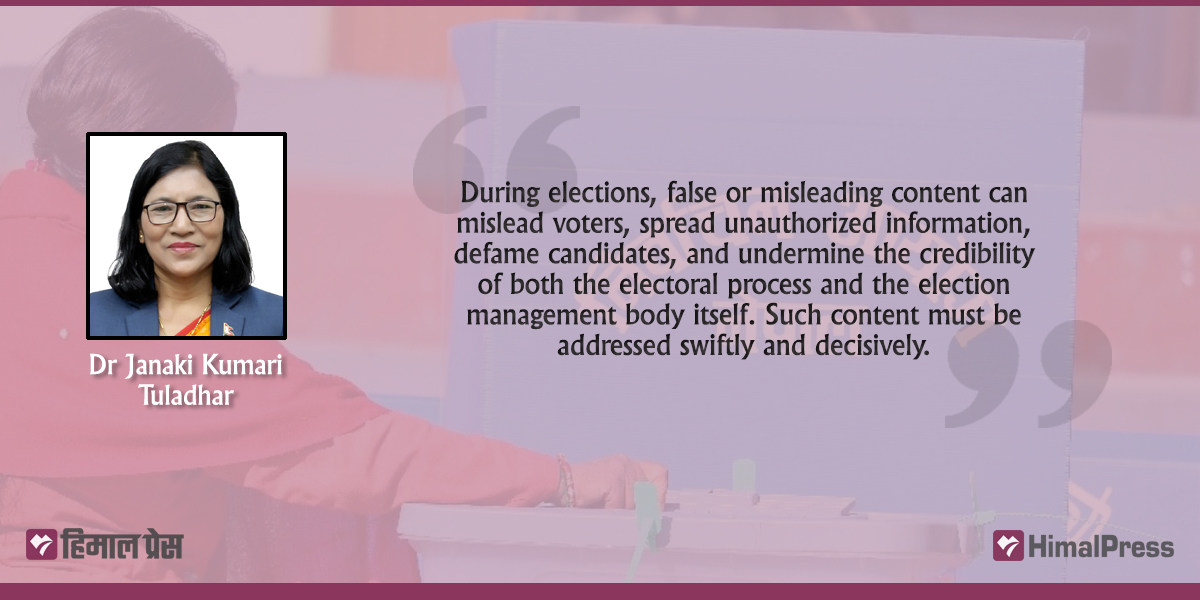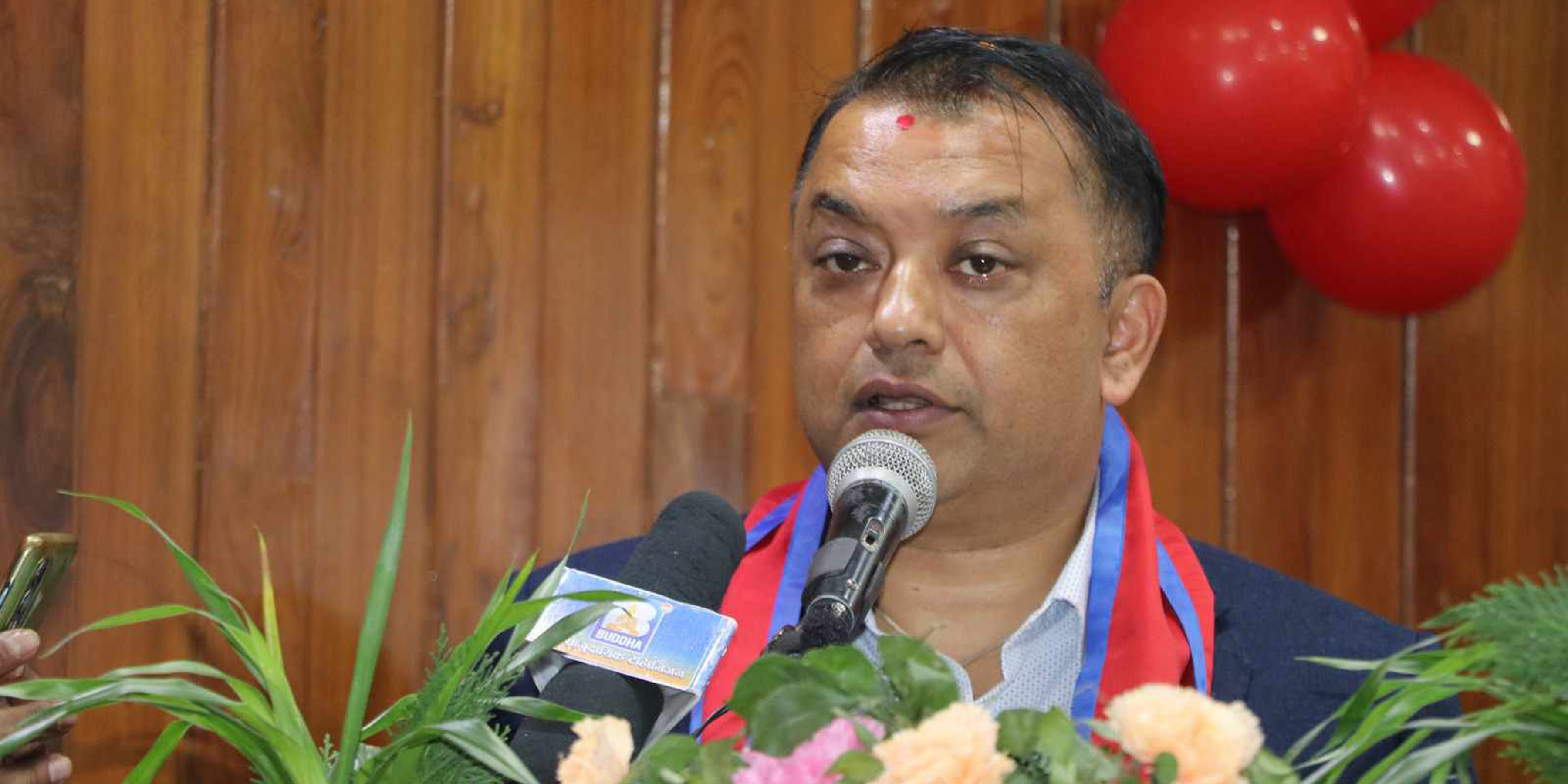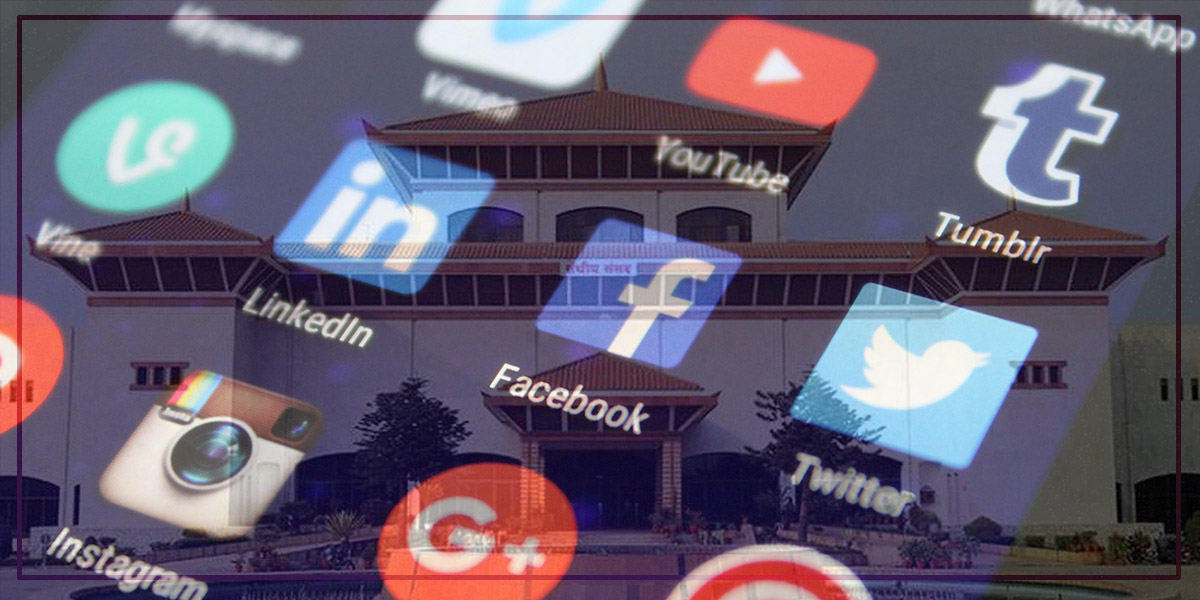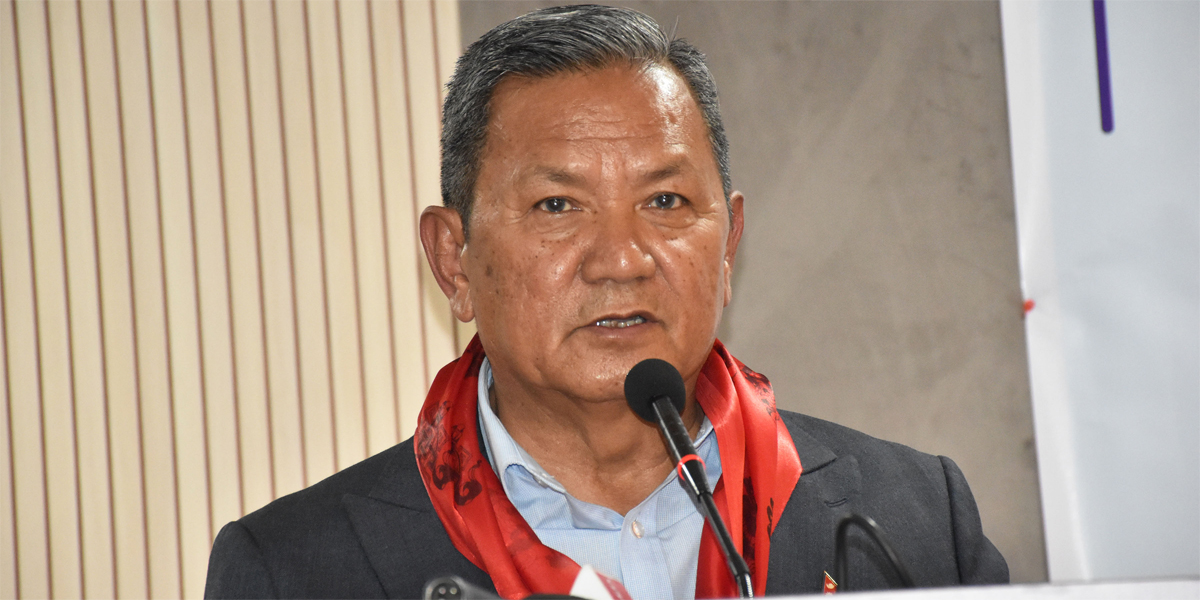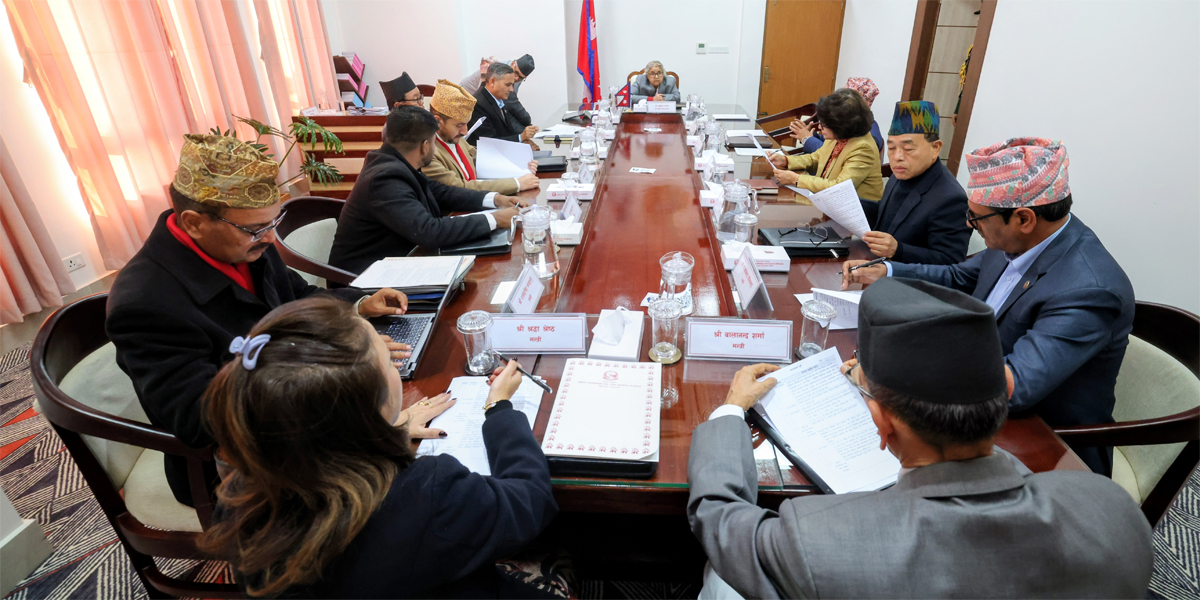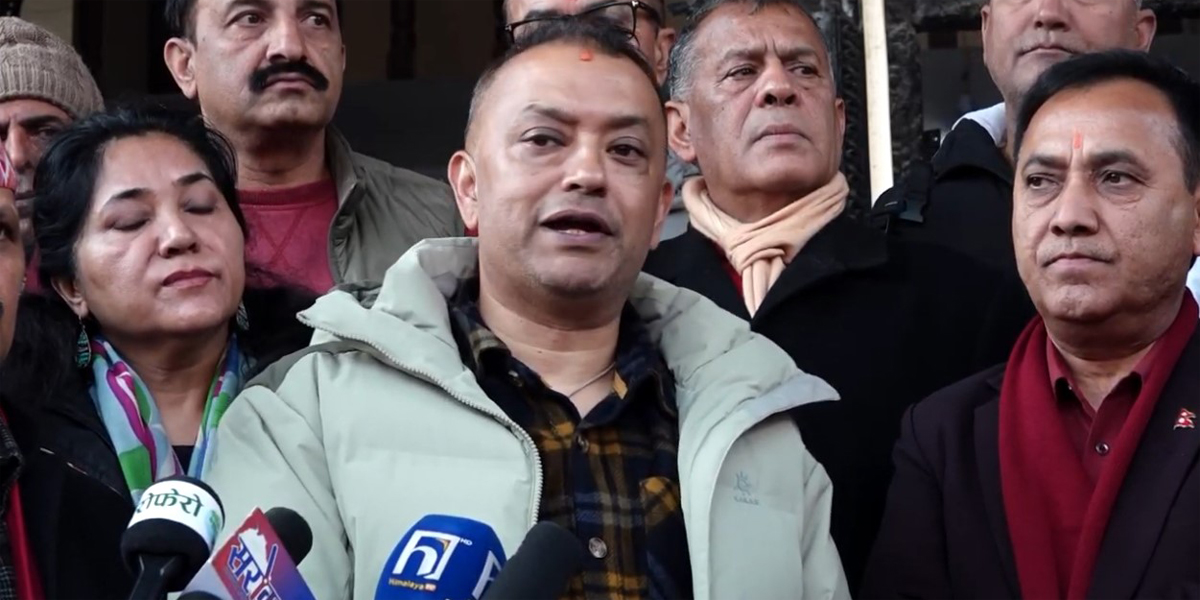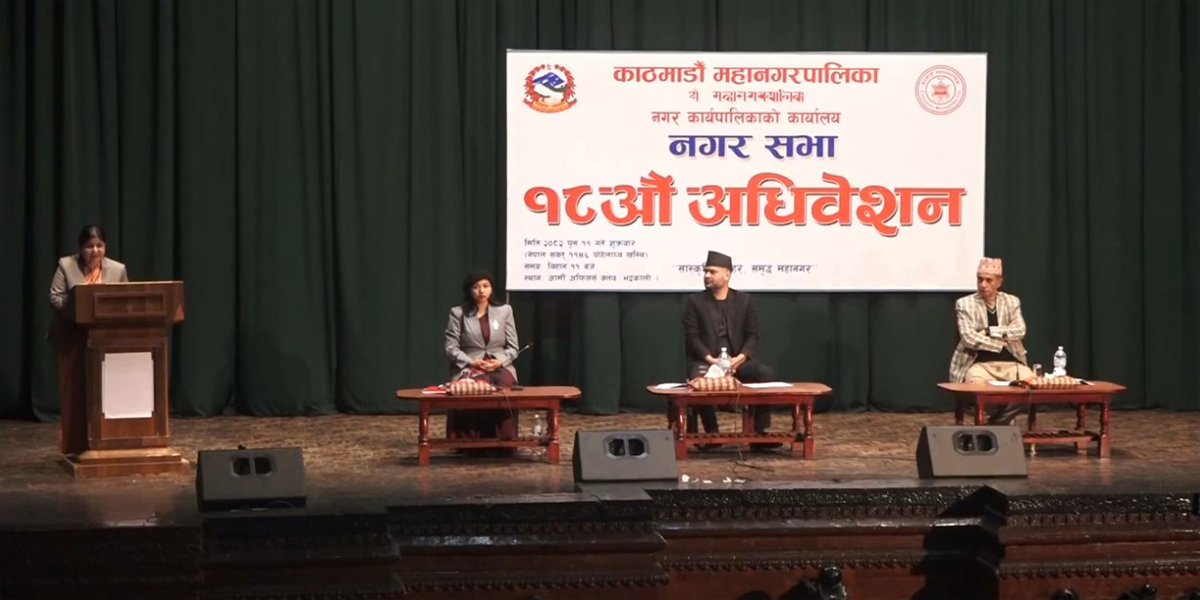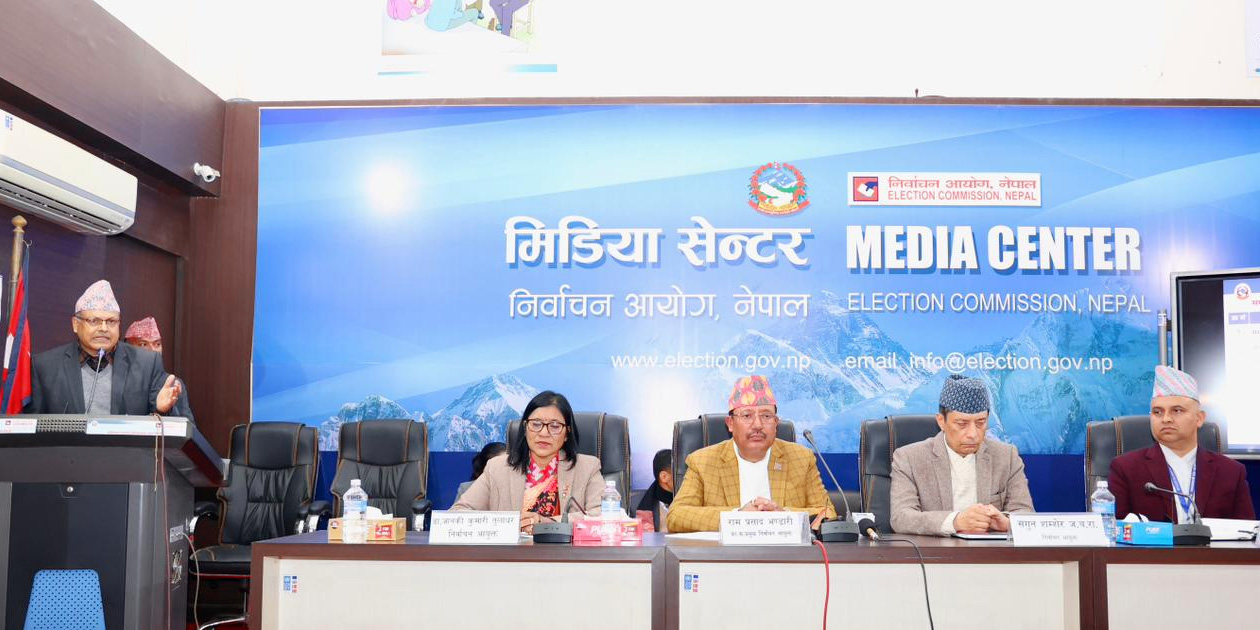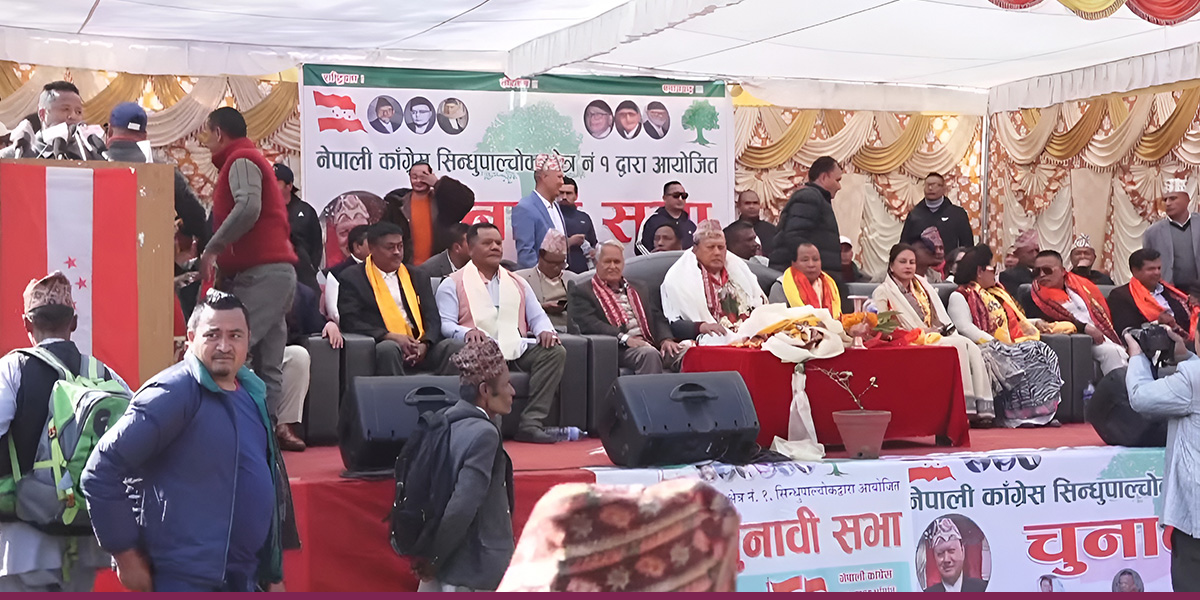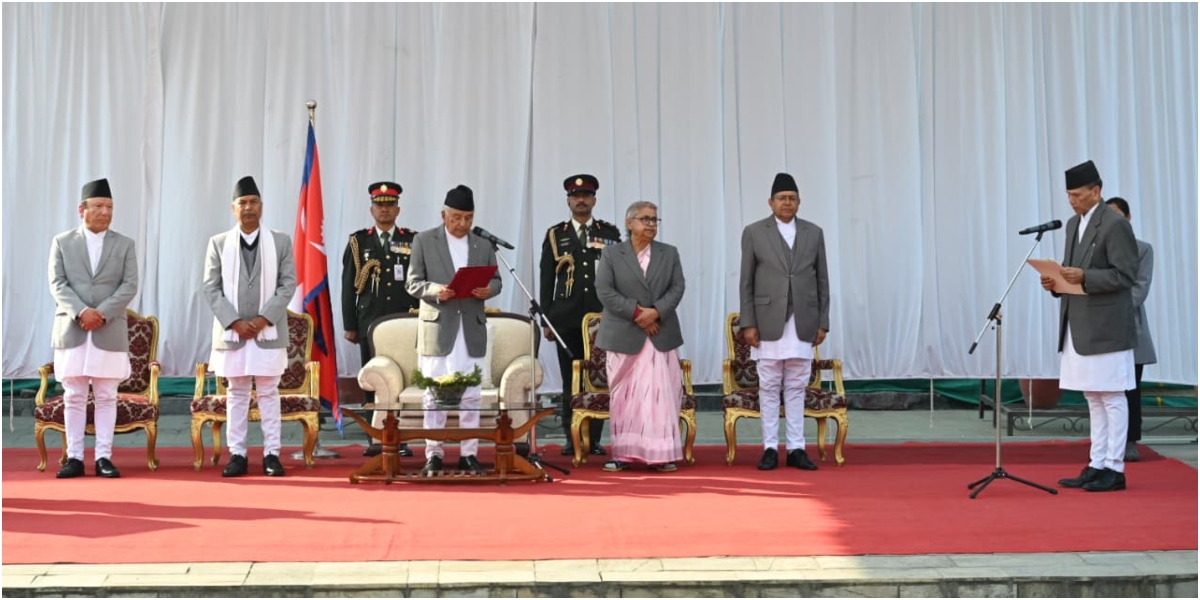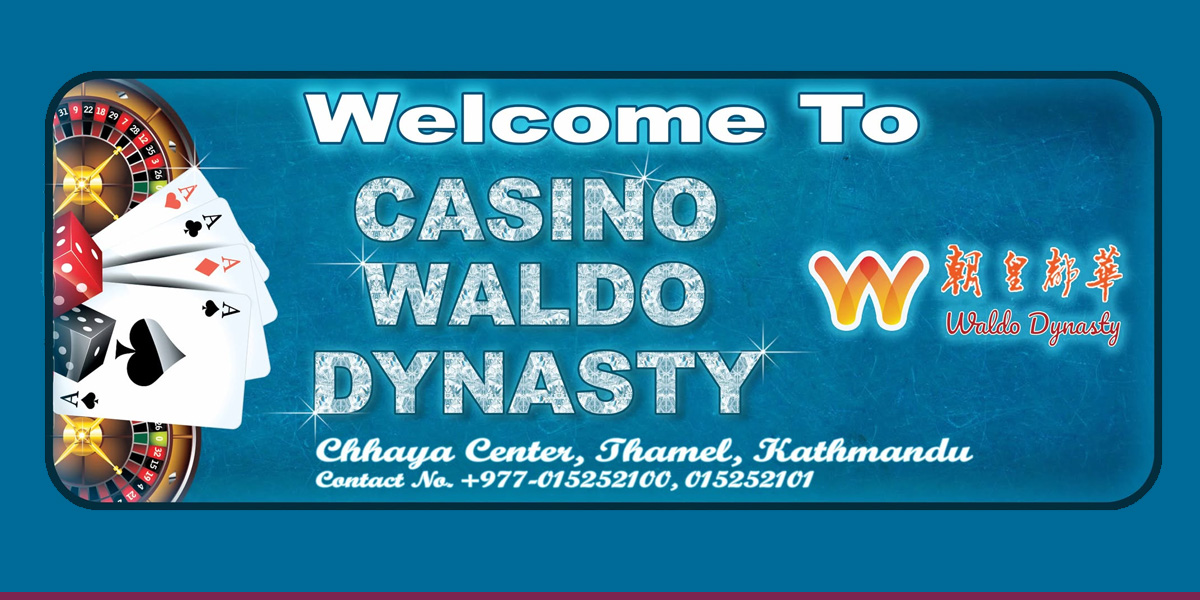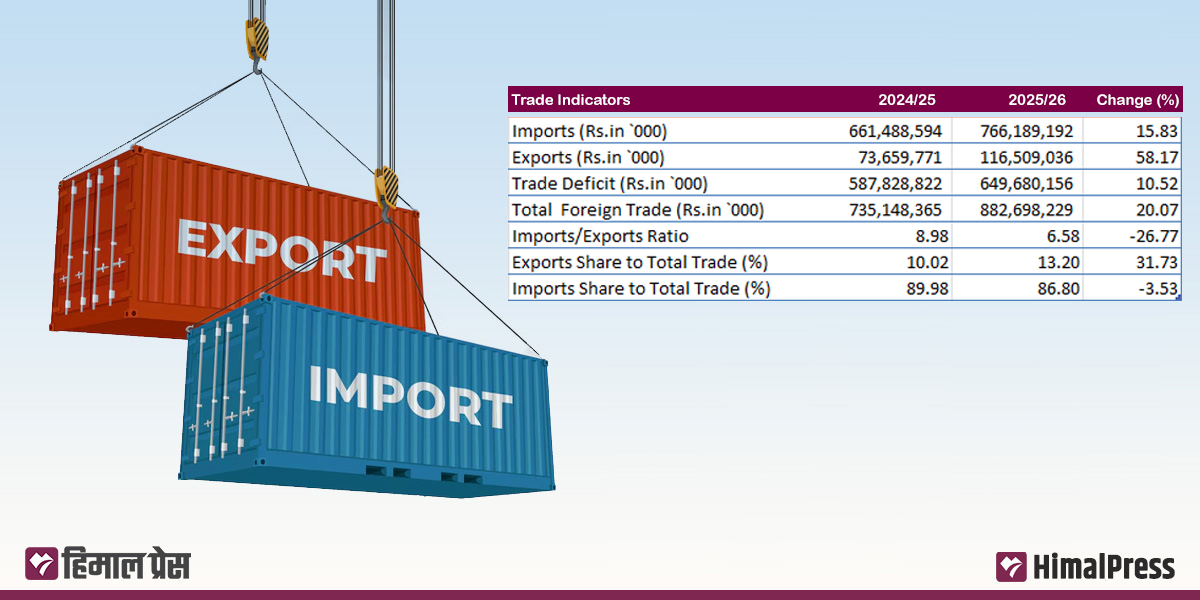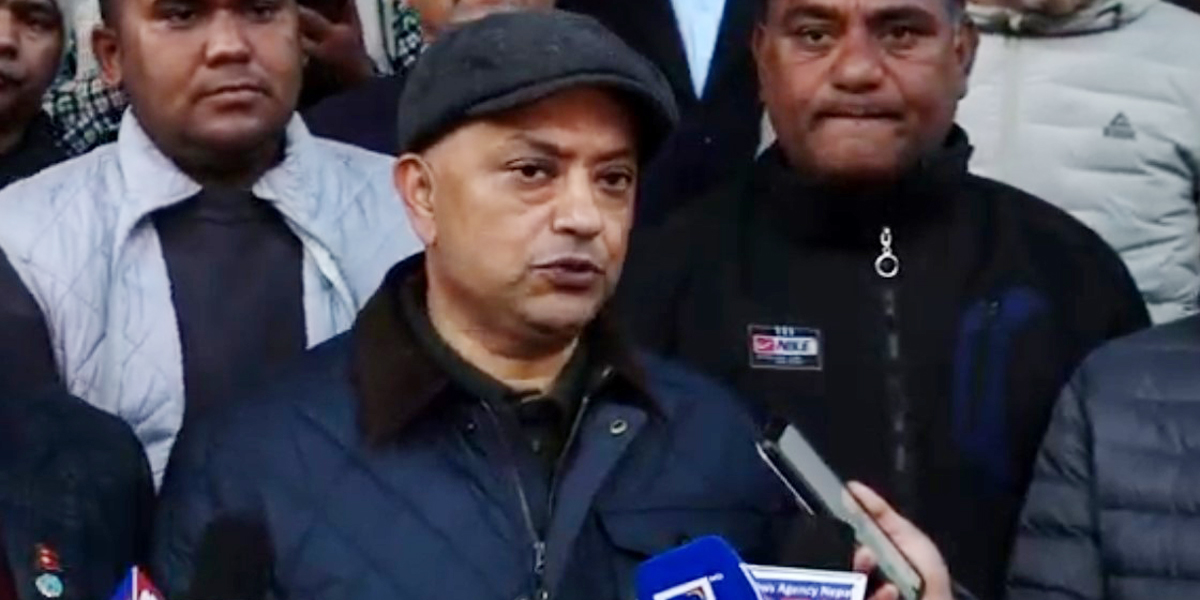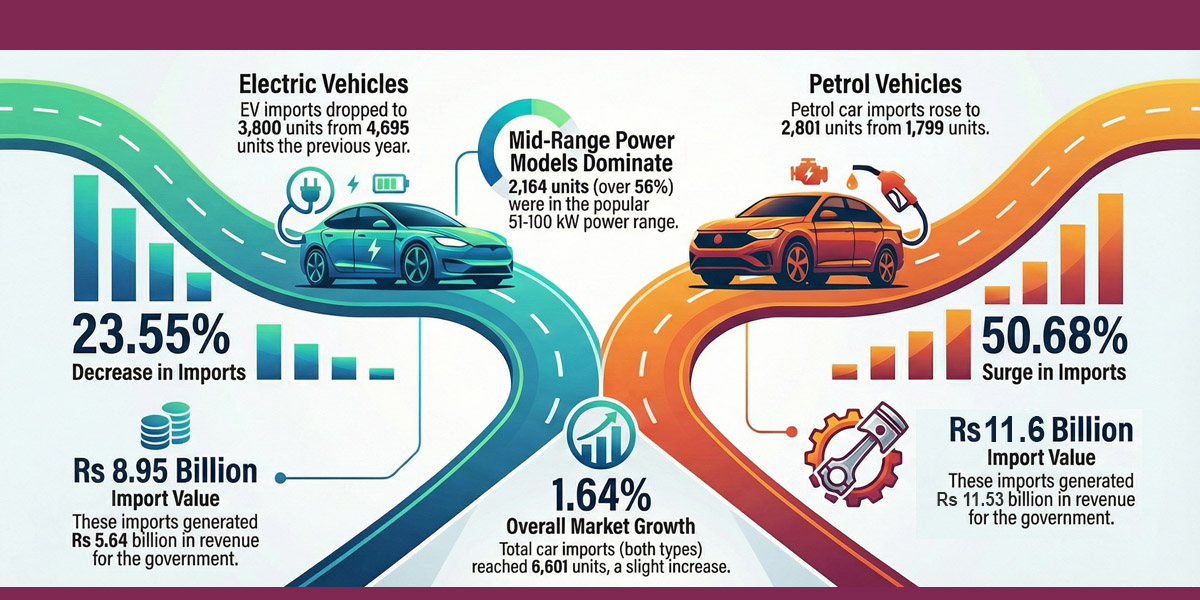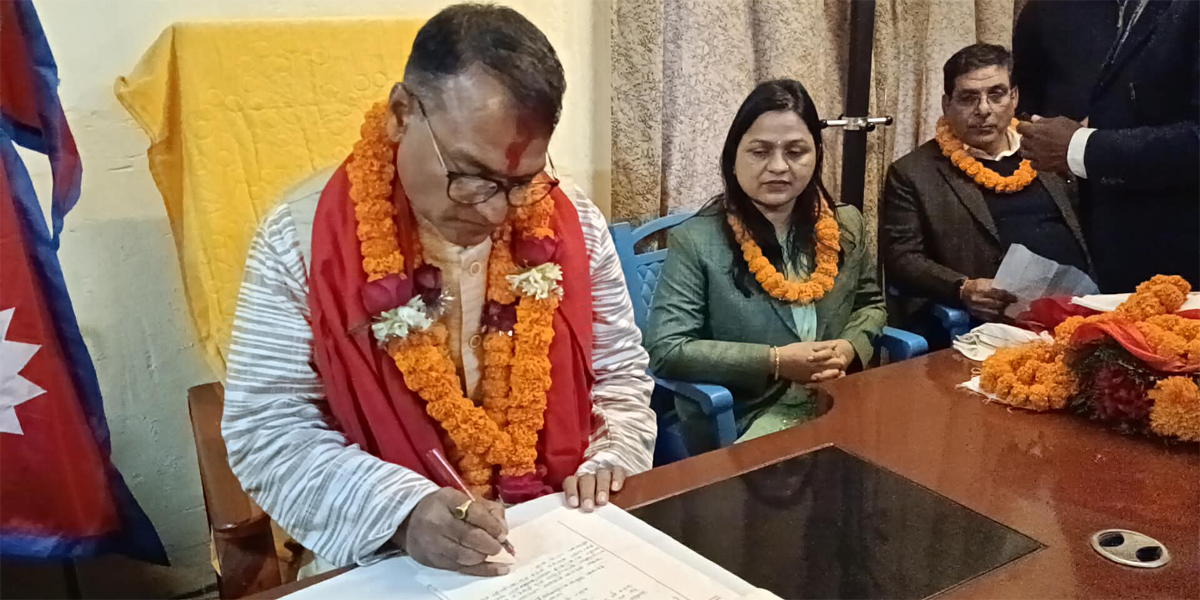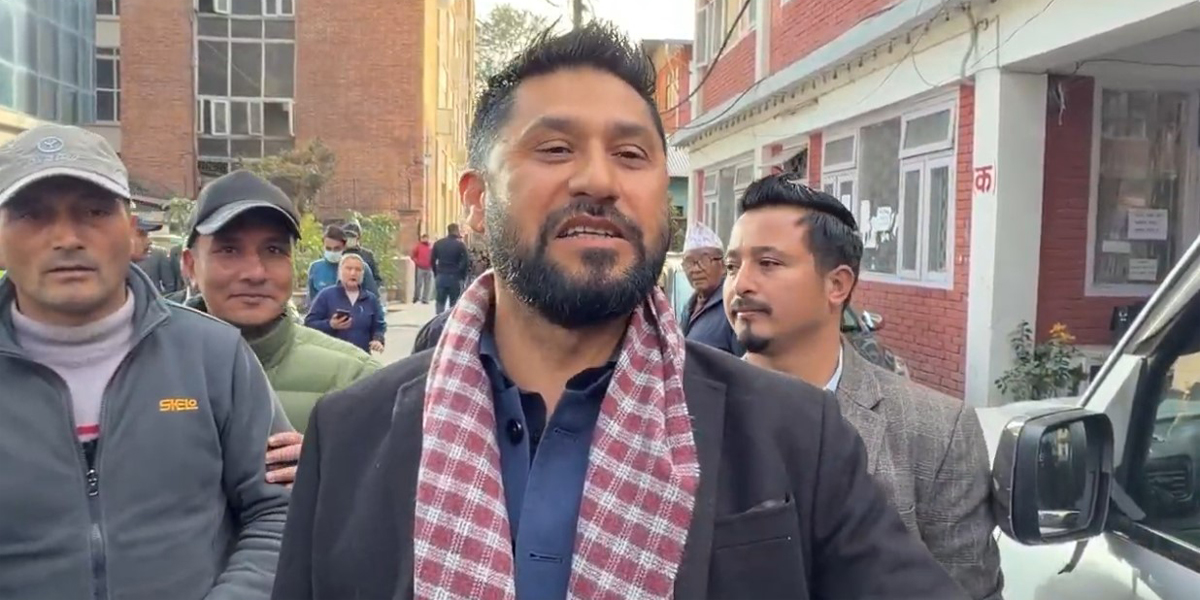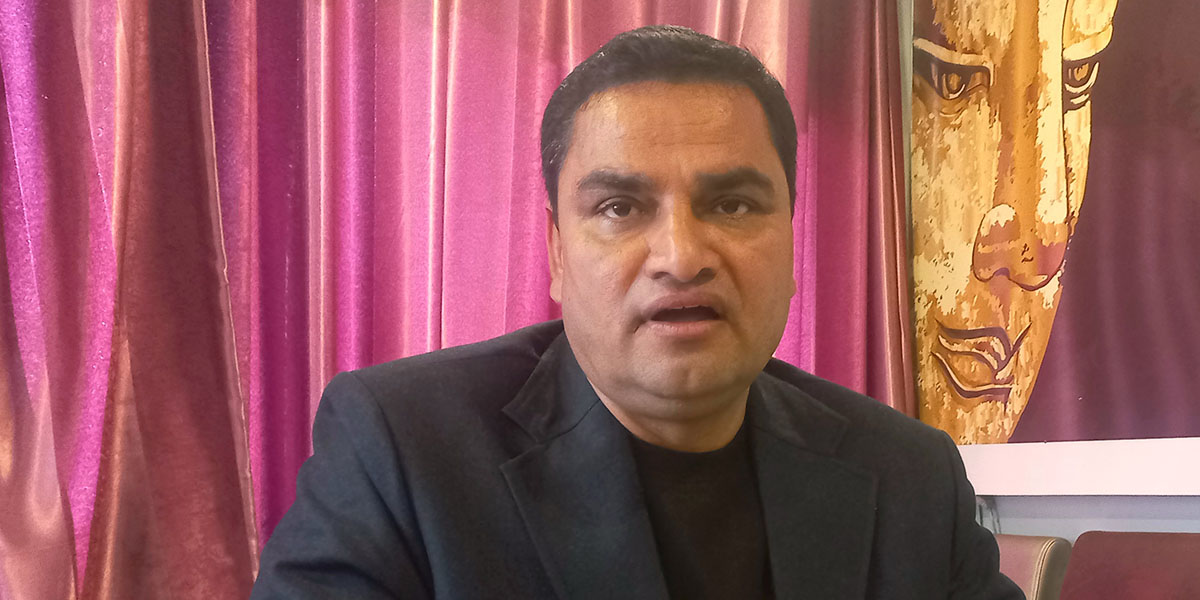
By Kriti Bhuju and Binaya Pandey
Social media has become an integral part of the lives of people worldwide, including teenagers in Nepal. These adolescents have wholeheartedly embraced social media, immersing themselves in the digital era. With popular platforms such as Facebook, Instagram, Twitter, and TikTok shaping their social interactions and self-expression, it is crucial to comprehend the impact of social media on their mental well-being. In this article, we aim to explore the relationship between adolescents and social media to gain insights into both the positive and negative effects it has on their psychological health.
As social media continues to exert its influence on the lives of teenagers, concerns about its impact on their mental health are growing. Parents, in particular, are worried about their children’s excessive screen time, fearing it may lead to disconnection from the real world. Therefore, it is necessary to understand the dynamics between teenagers and social media to address these concerns and obtain valuable insights into its influence.
Emerging Concerns
Undoubtedly, social media has opened up numerous possibilities and opportunities, but it has also given rise to concerns regarding the mental health of teenagers. A study conducted by Pearson and O’Keffe’ in 2022 highlighted that parents, in particular, worry that excessive gadget use may disconnect their children from the real world, impeding the development of coping skills, resilience, and emotional regulation. There is a fear that teenagers may isolate themselves, missing out on crucial social connections and experiences necessary for personal growth. Moreover, parents are worried about the negative influences of social media, including cyberbullying, online harassment, and exposure to harmful content. The study also revealed that parents are apprehensive that their children’s self-esteem and self-worth may become dependent on virtual validation, leading to a constant need for approval and a distorted self-perception.
Various studies have shed light on both the positive and negative effects of social media on adolescents. Twenge and Campbell, in their recent study published this year, mentioned that social media enables teenagers to connect with friends, explore their passions, and engage in important conversations. However, excessive use can also have detrimental effects such as anxiety, depression, and low self-esteem. In response to these emerging concerns, it is crucial to delve deeper into the impact of social media on teenagers’ mental health and develop strategies to mitigate potential harm. Prioritizing teenagers’ mental well-being entails understanding the pros and cons of social media use and navigating the digital landscape accordingly. By doing so, we can create a healthier and more balanced relationship between adolescents and social media while fostering their overall well-being.
The Power of Connection
Social media serves as a powerful bridge that brings people closer, facilitating meaningful relationships and connections. Harnessing this power of connection, teenagers can form communities, seek support, and amplify their voices through various social media platforms. A recent study by Karla Smith, a clinical mental health social worker and counselor, showed that social media has revolutionized connectivity, empowering teenagers to establish and maintain relationships regardless of distance. Platforms like Instagram, Facebook, and TikTok provide a robust avenue for self-expression, creativity, and the exchange of ideas.
Rashmi Jha, a mother of a 14-year-old daughter, shares that social media has been a boon for working parents. She mentioned, “For working parents, it is really difficult to provide time for their kids, and social media has bridged that gap. My daughter can easily communicate with her friends and cousins outside of our room and even our country without feeling that they are far away.”
Teenagers find inspiration, belonging, and unity on social media. They can join communities, support causes, and express themselves on platforms like Instagram, Facebook, and TikTok. This freedom to showcase their talents and perspectives boosts self-confidence and motivates them to pursue their passions.
The Dark Side of the Screen
It is crucial to recognize the potential negative impact of social media on teenagers’ mental health. Excessive use has been associated with increased levels of anxiety, depression, and loneliness among adolescents. The pursuit of virtual validation can create a detrimental cycle wherein self-worth becomes reliant on likes, comments, and followers, leading to an unhealthy obsession. This can result in damaged self-esteem and feelings of worthlessness and anxiety when real life fails to meet the idealized standards of the online world. Smith aptly states that it is also important to consider the pressure to conform to unrealistic beauty standards, lifestyles, and social expectations portrayed on social media, which can have adverse effects on teenagers’ mental well-being.
Another significant concern is the prevalence of cyberbullying and online harassment within social media platforms. The anonymity and distance afforded by the digital realm can empower individuals to engage in harmful behaviors, causing significant psychological distress for their victims. In Nepali society, where online safety and digital citizenship are still developing concepts, teenagers are especially vulnerable to online abuse, which can have detrimental impacts on their self-esteem, mental well-being, and academic performance.
To promote a healthy balance and protect teenagers’ mental wellbeing in the digital world, practical strategies should be employed to empower both teenagers and their parents. Here are some key implications:
Cultivating Conscious Digital Consumption: Encouraging teenagers to become discerning consumers of social media content is crucial, as it empowers them to develop critical thinking skills and media literacy. Smith rightly suggests that nurturing these abilities enables teenagers to evaluate the authenticity, relevance, and potential impact of the content they encounter. By being mindful of the information and messages they consume, teenagers can make informed decisions about what aligns with their values and well-being. Our experiences also show that by curating a positive online experience, teenagers can navigate the virtual landscape with a far more healthier perspective than ever before.
Encouraging Mindful Engagement: Mindful engagement with social media should be promoted among teenagers. They should be encouraged to set intentions for their online activities, focusing on meaningful connections, educational resources, and personal growth. Reflecting on the emotions and thoughts triggered by social media use and taking breaks when needed can contribute to their well-being.
Digital Detox: Encourage teenagers to take periodic breaks from social media and gadgets. Engaging in offline activities, listening to music, practicing favorite hobbies, spending time in nature, and nurturing face-to-face connections can provide a much-needed respite from the virtual world. This intentional disconnection allows teenagers to recharge and focus on their overall well-being, fostering a healthy balance between their online and offline lives.
Emphasizing an Offline Oasis: Advocating for balance entails highlighting the importance of offline activities and encouraging them to cultivate hobbies, engage in physical exercise, and spend quality time with friends and family. Twenge and Campbell, in their recent study, have introduced the importance of striking a healthy balance between the digital and real worlds to promote overall well-being and reduce the negative impact of excessive screen time. This is a must for all digital citizens.
Facilitating Open Dialogue: Open and non-judgmental conversations about social media between parents and teenagers is essential. Parents should actively listen and seek to understand the digital landscape their children navigate. By fostering an environment of trust, parents can make teenagers feel comfortable to seek guidance, discuss challenges, and share their experiences without fear of negative consequences.
Implementing these strategies initiates a transformative journey toward digital well-being. However, it is crucial to acknowledge that the path is unique for each individual, and there is no universal solution. Collaboration between parents, teenagers, and teachers is essential to adapt and tailor the strategies to their specific circumstances and needs. Through this collaborative effort, the necessary support can be provided to help teenagers cultivate resilience, nurture self-esteem, and enhance critical thinking skills. Equipped with these invaluable tools, they will confidently navigate the digital realm, carving out their own remarkable digital identities. In the digital age, we have the power to shape a healthier relationship between teenagers and social media. By being aware of the benefits and risks, implementing practical strategies, and fostering open communication, we can promote teenagers’ mental well-being while navigating the digital world. Encouraging responsible digital citizenship, emphasizing balance, and providing support and guidance are key to harnessing the positive potential of social media and protecting teenagers’ mental health.
It is crucial to recognize the complexity of social media’s impact on the mental health of teenagers and adopt a balanced perspective. As Shiromani Dhital, a Nepali father from Adelaide, Australia, emphasized, we must understand the value of social media ourselves and encourage teenagers to use it for positive purposes such as empowerment, inspiration, and personal growth.
Let’s empower teenagers to shape their social media experiences through conscious usage, self-care, and seeking support. Together, we can create a digital landscape that nurtures their mental health and allows them to thrive in an interconnected world.
(Bhuju holds a doctorate degree and is a development communicator by profession, while Pandey is a psychologist. Both are mental health activists)

 Himal Press
Himal Press 